When life is too LOUD
What is noise anxiety?
Noise anxiety, also called noise sensitivity/reactivity/phobia, is one of the most common behavioural concerns in dogs. Approximately 50% of dogs react fearfully to some noise.1
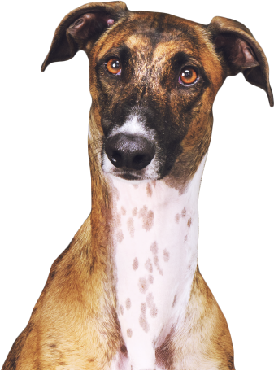
What causes noise anxiety?
Thunderstorms
Fireworks
Parties
Renovating
Construction
Children playing
Repetitive noise
Common signs of noise anxiety

Owner seeking behaviour
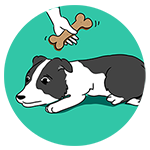
Refuses to eat
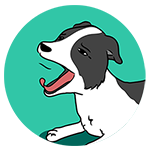
Yawning
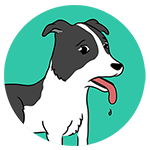
Panting
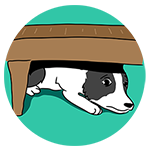
Hiding
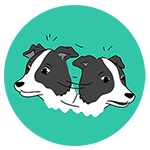
Excessive vigilance
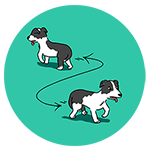
Pacing or restlessness
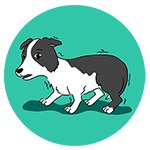
Trembling

Vocalising
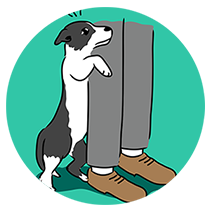
Owner seeking behaviour
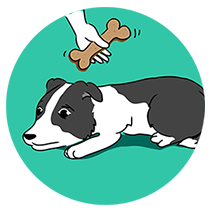
Refuses to eat
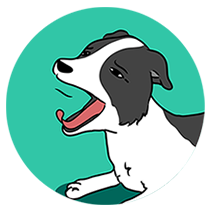
Yawning
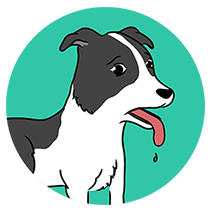
Panting
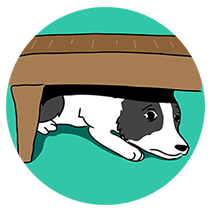
Hiding
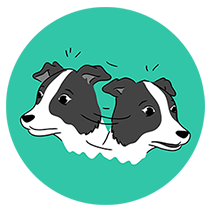
Excessive vigilance
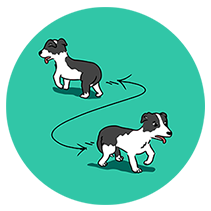
Pacing or restlessness
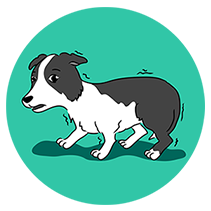
Trembling

Vocalising
Other signs
Cowering, salivating, freezing, destructiveness (e.g. during attempts to escape or hide), inappropriate elimination (usually house-trained dog eliminates indoors), escape attempts, self-trauma and frequent swallowing.
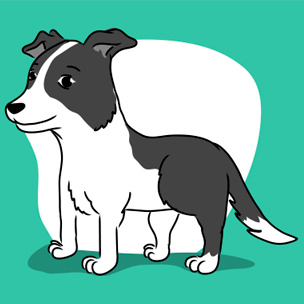
How to treat noise anxiety
Available treatment options to date can be divided into: environmental management, behaviour modification, food supplements, other remedies and pharmaceutical therapeutics. In the majority of cases, successful intervention is a combination of measures.
Speak to your vet about an innovative, rapid-acting solution tailored to the timing and duration of the noise anxiety experienced by your dog.
Very useful measures
Avoidance of anxiety triggering sounds
Reducing physiological and behavioural responses to sounds
Appropriate owner behaviour
Provision of safe haven or den
Behaviour modification
Behaviour modification is an important aspect of managing noise anxiety. Typically it involves systematic desensitisation and counter-conditioning techniques as well as teaching the dog to relax by rewarding the dog for relaxed behaviour.
The sounds a dog is frightened of and their learned predictors should be listed and categorised from least to most stressing. Counter-conditioning starts with the least stressing, but in case even they trigger noise anxiety, systematic desensitisation may be required before counter-conditioning can start.
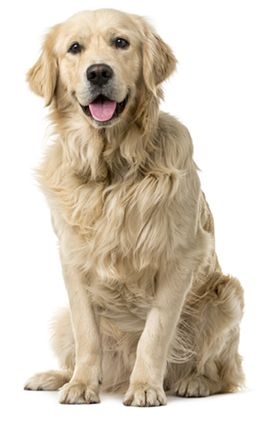
1. Blackwell EJ, et. Al. (2013) Fear responses to noises in domestic dogs: Prevalence, risk factors and co-occurrence with other fear related behaviour.
